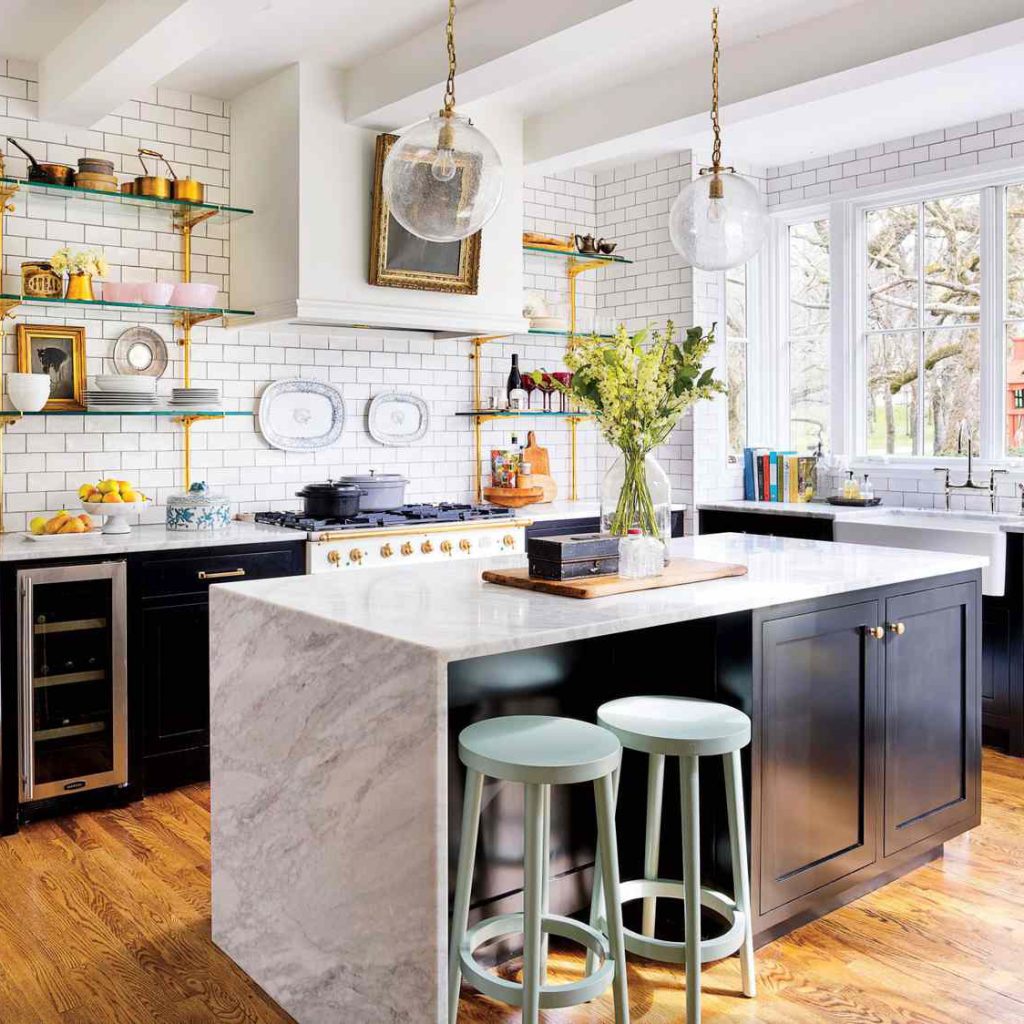Introduction
When it comes to photography, lighting is one of the most important factors that can make or break your picture. It is the source of all energy in a photograph, and it can help to create mood, depth, and texture. However, lighting is also one of the trickiest aspects of photography, particularly for beginners. In this article, we will discuss how to light your pictures to get stunning results that will leave your audience in awe.
The Basics of Lighting
The first step to lighting your pictures is to understand the basics of light itself. Light is a form of energy that travels in waves and can be bent and redirected through various materials. This means that even if you don’t have access to expensive lighting equipment, you can still achieve great results by utilizing natural light sources, such as the sun, at different times of day.
The Importance of Natural Light
Natural light is one of the best resources for lighting your pictures. It provides a soft, warm glow that is perfect for capturing portraits, landscapes, and other types of photographs. However, it is important to understand that natural light changes throughout the day and can have different effects on your picture.
Golden Hour
The golden hour, which occurs during the first and last hour of sunlight during the day, provides the most beautiful and flattering light for outdoor photography. During this time, the sun is low in the sky, creating a warm, golden hue that can give your pictures a soft, dreamy feel.
Blue Hour
The blue hour, which occurs just before sunrise and after sunset, provides a cooler, bluish light that can create a moody, dramatic effect in your pictures.
Understanding Light Direction
The direction of light is another essential aspect of photography that can have a significant impact on your pictures. Depending on where the light is coming from, it can create different shadows and highlights, which can enhance or detract from the overall effect.
Front Lighting
Front lighting occurs when the light source is in front of the subject. This type of lighting creates fewer shadows and can be used to create a bright, evenly lit picture.
Side Lighting
Side lighting occurs when the light source is coming from the side of the subject. This type of lighting can create dramatic shadows and highlights, and can be used to create a sense of depth in a picture.
Back Lighting
Back lighting occurs when the light source is behind the subject. This type of lighting can create a beautiful halo effect around the subject, but it can also cause the subject to be underexposed. It is important to adjust the exposure settings on your camera to avoid this.
Using Artificial Lights
While natural light is great for outdoor photography, artificial lights can be used to create stunning effects in indoor photography. There are several types of artificial lights that you can use, including flash, LED, and incandescent lights.
Flash
Flash is a popular type of artificial light that can be used to illuminate a subject in low-light conditions. It can create a bright, crisp light that can be used to freeze motion or create a dramatic effect.
LED Lights
LED lights provide a soft, diffused light that can be used to create a warm, glowing effect in your pictures. They are energy-efficient and can be used in a variety of settings, making them an excellent choice for both indoor and outdoor photography.
Incandescent Lights
Incandescent lights are a traditional type of artificial light that can create a warm, yellowish light. However, they tend to have a shorter lifespan than LED lights and may produce a lot of heat.


